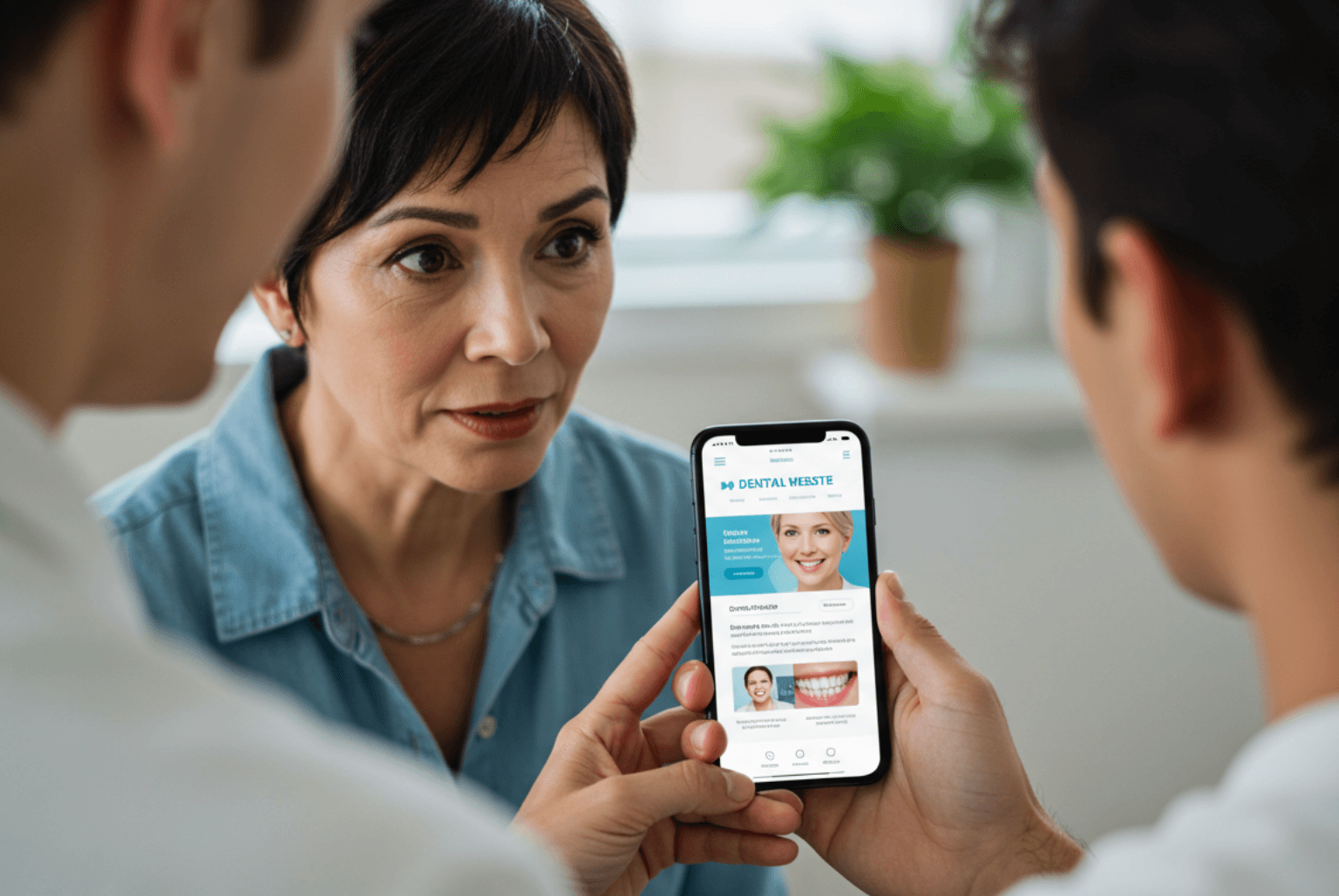Websites are almost living, breathing entities – they need to be dynamic, respond to change, and grow as your business grows. And while you may do this through plug-ins, new photograph and video content, and branding graphics, you should also take the time to invest in a compelling copy, too.
Why use a copywriter to write your content?
The copy might seem relatively low on your list of priorities – after all, most people can write reasonably enough – but there’s little sense in making your website look the part and act the part, without sounding the part, too. The key is communicating your messages in a way that engages your audience. Professional writing can increase your conversion rates by helping to:
* Build trust through informing and engaging your audience
* Communicate who you are, what you do and how
* Capture your story, personality and values with a tone of voice that’s unique and ownable
* Ensure you’re fresh, relevant, useful and visible in a competitive landscape
However, it’s not solely a case of writing well-written copy; you also need to focus on your digital marketing strategy too, particularly SEO (Search Engine Optimisation). As we like to say, good copy walks the line between pleasing Google and pleasing your audience.
Copywriting for SEO
Content is central to Google. The right content contains the search terms (keywords) that clients use to find your treatments, services and clinic through how highly you rank on Google’s results pages. In other words, SEO helps your clients find you first. How highly you rank on Google’s results pages forms an impression of seniority and affects the trust built with your audience – the higher up the list you are, the more reputable and trustworthy you appear.
One element is keyword optimisation, so having them appear in different areas of your website is a great way to push you up the search rankings. From individual webpages and blogs to the meta description that appears on Google itself, your keywords should be incorporated into every aspect of your website.
Big change, or small update?
Google constantly crawls and indexes websites and its clever algorithms also incorporate a ‘freshness factor’ when collating search results. Creating new website content and pages – whether a landing page or a blog post – shows you’re active and relevant and is the best way to hit that ‘freshness factor’ and climb the rankings.
Unfortunately, pages that don’t engage or are out-of-date will see the opposite happen. Your audience will ultimately leave, and Google will learn you aren’t relevant to their queries, causing you to slip down the rankings. You’ll also see your audience lose the trust you’ve worked so hard to build.
Here are a few ideas for bigger changes you can make to your site copy as part of your digital marketing strategy, which can help your ranking on Google:
– Update your about pages. Staff come and go, so it’s important that your bios reflect who you are and who works at your clinic. You might also have changed opening hours or phone numbers – especially during the pandemic – and may lose business if they aren’t correct.
– Check your treatment pages. If you don’t provide a treatment anymore, delete or replace the page. And, if you’re offering a new treatment, ensure you set up a new page for it – do you need a symptoms page, too?
– Look over information pages. In the world of aesthetics, new regulations are always emerging, and you need to be one step ahead to avoid penalties or loss of confidence.
You may also be interested in some ‘quick fixes’ that could boost your rankings. Optimising smaller areas such as page titles, image alt tags and clickable links can make a difference. But be warned, you may need to edit various areas of a page for Google to capture this as ‘freshness’.
Content, content, content
Content and copy aren’t the same things. Copy has a specific purpose – informing your audience, helping them navigate your site, or encouraging an action (sign-up, booking, contact, purchase). But content, on the other hand, is all-encompassing, covering graphics, video, links and even reviews. Having all these elements on your website will also boost your SEO, as a website rich in content will perform consistently higher in the search rankings.
But when tackling the copy part of your content, what do you need to look for? Well, Google values well-structured pages with elements such as headers and sub-headers, lists and bullets, and links to and from your website. That’s because your copy needs to be interesting and accessible to your audience, too.
Print isn’t dead
You may be wondering why print is included in this post, as it’s separate from the online world and doesn’t seem part of a digital marketing strategy. But don’t forget, print materials are often an extension of your website and are valuable to patients – think price lists and menu cards, treatment brochures, aftercare materials and advertising collateral. All these serve to be a tactile and additional brand touchpoint.
Get in touch with our experts today
To review your existing content and discuss what changes you could make to boost your digital marketing results, call the team at our digital marketing agency today.




